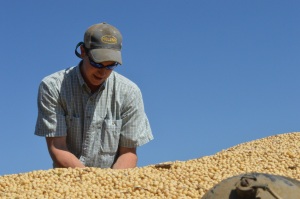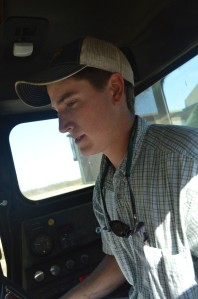When I say that Greenbrier BBQ has the best hushpuppies in the state I am not exaggerating. In fact I may be under selling them, they may be the best in the nation. I have never taken anyone there and they not agreed when we left. They are THAT GOOD.
For those of you who are not from the South you may be wondering what in the world are Hushpuppies?
Hushpuppies are basically a corn meal batter that is deep fried. They can come in different shapes, but they are mostly seen in round/ball shapes and in oblong shapes like Greenbriers. They are not the most healthy thing to eat, but they sure are delicious!
They are great with ketchup, ranch dressing, and especially white sauce. White sauce is a vinegary sauce pretty much only found in North Alabama, if you have never had it you are missing out.
At Greenbrier the hushpuppies come out as soon as you sit down and they keep them coming. The food is also great at Greenbrier, it is greasy, but very good. You can even wash it all down with a 25 cent up of soft serve ice cream when you are finished. It is not a fancy place, but has great service. Greenbrier has character, pictures of musicians and celebrities who have stopped by hang up in the restaurant. This establishment is on the list of 100 Places to Eat in Alabama Before You Die and is only a short distance off I-65 if you are ever traveling north/south through Alabama.
Trust me you have never had hushpuppies like these. If you are ever in North Alabama you have to give them a try.

















